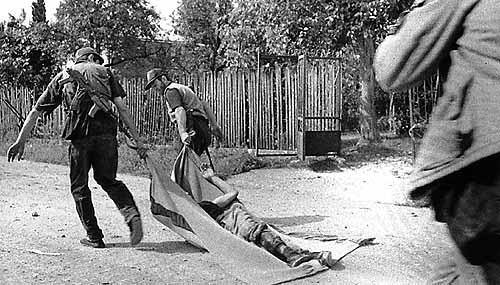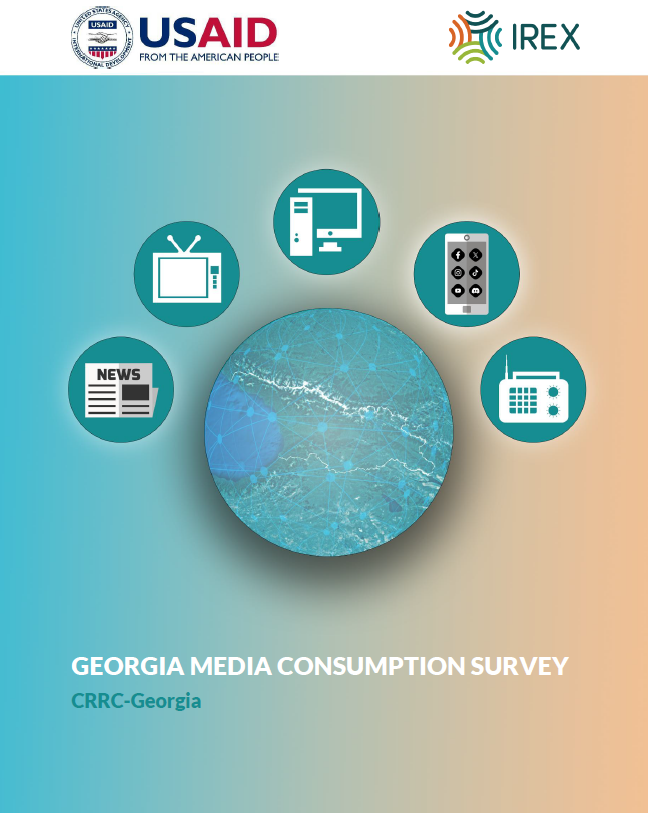By Ana Diakonidze
In August 2012 CRRC launched the study of Georgia’s Workforce Development system, commissioned by the World Bank. Document review and key informant interviews have been used as main research methods in this study. On 19th of December, the World Bank office in Tbilisi hosted a workshop which aimed at presenting and validating the preliminary findings of the study. The workshop was attended by government representatives, training providers, industry and international donor community.
Workforce Development (WfD) is one of the several policy domains under Systems Approach for Better Education Results (SABER) initiative of the World Bank’s Human Development Network. The objective of the program is to create tools and resources for benchmarking the performance of the education and training system in generating the skills demanded by employers. Under this initiative, worldwide data covering various policy dimensions are being collected. This initiative involves assessment of strategic decisions for WfD, coordination of state and non-state actors, involvement of training providers and employers in WfD policy making, funding and other relevant topics.
Currently, the study report is being finalized. It will outline and explain reasoning behind assigning particular scores to each dimension assessed during the study. The scores are assigned to each policy goal and determine the level of development of the system. According to SABER there are four levels of workforce system development: latent, emerging, established and advanced. The scores help to identify where a particular country stands on this continuum. The figure above explains the four different levels of WfD for policy in terms of policy goal 1. The end goal of this exercise is to support Georgian policy makers in their search for promising options and approaches to achieve better results in WfD.













